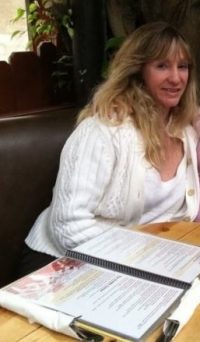
New True Crime Author Denise Wallace celebrates signing on with WildBlue Press
Have you ever seen the speeded up blur of Road Runner and Wile E. Coyote’s feet when they’re running? Well, that’s what the first draft of my book looks like. You don’t get any transitions or segways while you’re reading, because, frankly, I like to write all the fun parts first. That’s just me. I live my life like that, too. You don’t really get any notice about what time I’m going to show up or what kind of park in L.A. I’m going to drag you to where they filmed Jack Nicholson rowing on the lake, but you know you’re going to have fun. Any questions?
Of course you have questions. That’s because I left a lot out. Okay, I’ll tell you some more about my tornado on the page that left my first editor mumbling, “But you can’t just…there are no transitions here…” I’m actually fully aware that my final draft will be like a patchwork quilt and I’ve only just shown you the patches. That’s what makes the ups and downs of the roller coaster ride in the story. But there’s also a method to my madness. Once I can see the patches, I can design the ins and outs of the scenes. For example, if my main character starts out in the morning thinking she’s going to have one hell of a kick-ass day, I make sure she’s got a nice dent in her own by the end of it. Got it?
 I’m also a big fan of the outline. You see, in film school we learned that you start out with a skeleton and then you add the meat and the fur, and I figure, if it’s good enough for God, then it’s good enough for me. So I find a book with the same terrain as mine and outline IT FIRST and then model mine after it. After all, theirs made it past the editor, while mine will soon be crying.
I’m also a big fan of the outline. You see, in film school we learned that you start out with a skeleton and then you add the meat and the fur, and I figure, if it’s good enough for God, then it’s good enough for me. So I find a book with the same terrain as mine and outline IT FIRST and then model mine after it. After all, theirs made it past the editor, while mine will soon be crying.
And of course, my outline is made up of characters, which I have fully developed to the point where I can quickly answer the following question for each of them: What drives him? I also know the mask they put on for the world, their biggest fear, their best trait, and the trait that gets them into trouble. After all, what fun would a story be if the characters didn’t get into trouble? I will also have decided on a point of view for the story by now, which I’m not going to get into, but don’t assume that you know what point of view means just because you have one. It’s important, so go look it up.
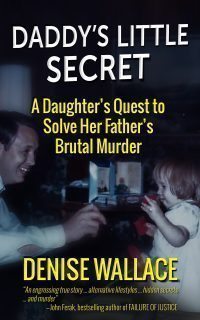 Another important element in story that’s often over looked is the larger world. Believe me, I love reading about a main character who’s spiraling downward into drug addiction, but I also want to hear about the local region that’s joining him in his descent and the history behind it. So do a little research. This is what we call “pulling out” and “zooming in” in film. It gives depth to the story. And please don’t describe every house and building as a “stucco structure.” Every structure has its own history of architecture so go jump on Google Earth and check out that baby for yourself. Go on, get started. I’m not going to write it for you because, after all, it’s your story.
Another important element in story that’s often over looked is the larger world. Believe me, I love reading about a main character who’s spiraling downward into drug addiction, but I also want to hear about the local region that’s joining him in his descent and the history behind it. So do a little research. This is what we call “pulling out” and “zooming in” in film. It gives depth to the story. And please don’t describe every house and building as a “stucco structure.” Every structure has its own history of architecture so go jump on Google Earth and check out that baby for yourself. Go on, get started. I’m not going to write it for you because, after all, it’s your story.
You can do this.
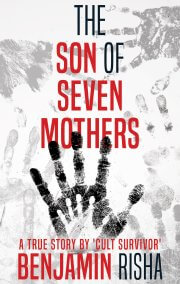

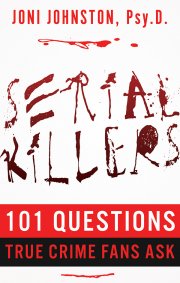
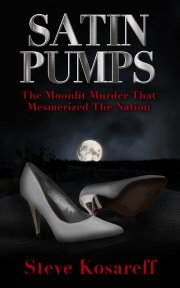
 Join our email list
Join our email list
Leave a Reply